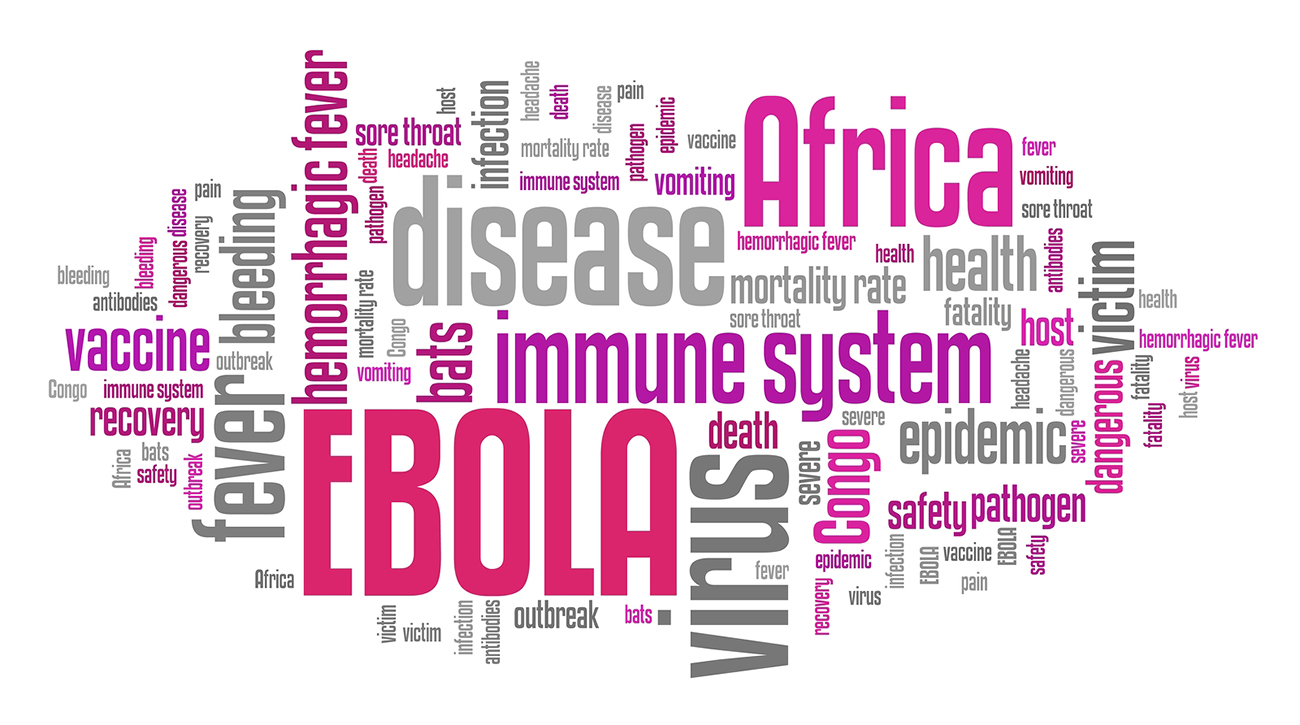WASHINGTON, DC (November 28, 2017) – An educational film followed by a structured discussion of Ebola Virus Disease improved the knowledge, attitudes and protective behaviors for people living in the Congo, according to a study published recently in the Journal of Health Communication.
Ebola Virus Disease is considered endemic in Central Africa and over a 35-year period 37 outbreaks were reported resulting in more than 12,000 deaths. There is no cure for Ebola Virus Disease and thus strategies to prevent the disease from spreading are very important in limiting the death toll. Yet studies suggest that myths about the origins of the disease and the way it is spread are still common especially in parts of Africa that are most at risk.
Amira Roess, PhD, MPH, an assistant professor of global health at Milken Institute School of Public Health (Milken Institute SPH) at the George Washington University and her colleagues wondered if an educational film might help dispel such myths and teach Congolese villagers how to protect themselves during the next outbreak.
The team, led by a documentary film maker from the International Conservation and Education Fund (INCEF), first developed a series of short films for a Congolese audience in local languages featuring doctors and residents of the Congo Basin, an area that is at very high risk for Ebola. About 64,087 men, women and children in 81 villages viewed the films and participated in a post-film discussion about Ebola over a 12-month period.
Roess and her colleagues found that this intervention was a very effective way to teach the basics of Ebola to villagers, many of whom had limited literacy skills. For example, 65.9 percent of participants could identify a symptom of Ebola prior to the intervention. That number rose to 97.3 percent after the films and discussion groups.
And the films/discussion also increased the knowledge of behavior aimed at avoiding the disease during an outbreak. Pre-test data suggested that 73.6 percent of villagers understood how to handle a person who had died from the disease. After the intervention, 94.1 percent knew that they had to wear protective clothing and arrange for the burial immediately in order to avoid contact with the virus.
Most importantly, this study showed that up to one year after viewing the films villagers retained a significant amount of knowledge and reported changes in their behavior.
“Our evaluation demonstrates that video-centered educational interventions are effective in improving knowledge of disease recognition, transmission and mitigation,” Roess said.
The study, “Knowledge Gained and Retained from a Video-Centered Community Based Intervention for Ebola Prevention, Congo,” was published online November 22 in the Journal of Health Communication.


